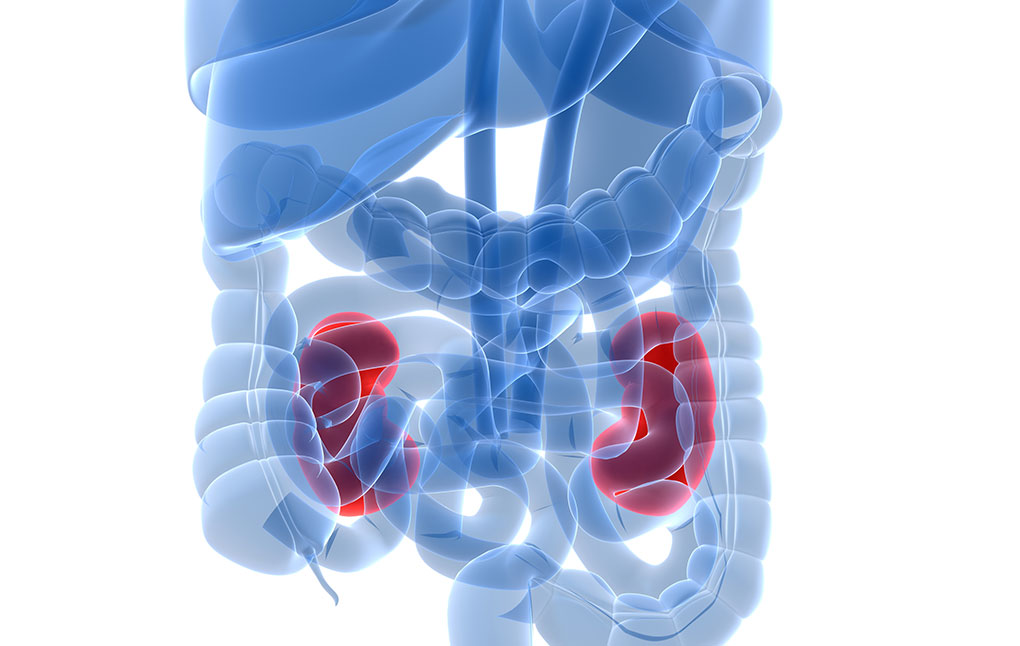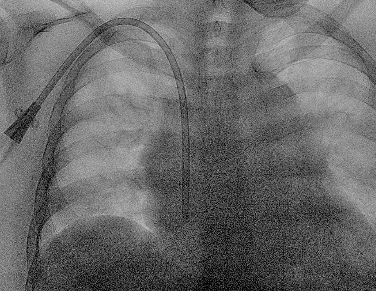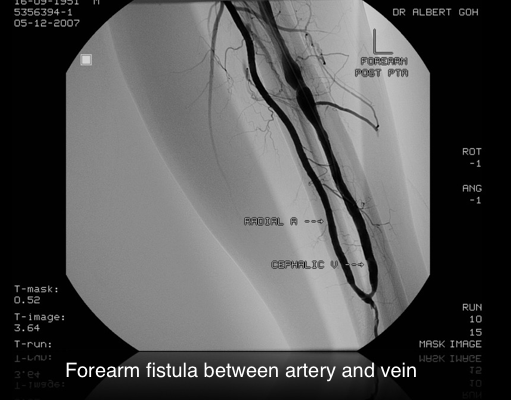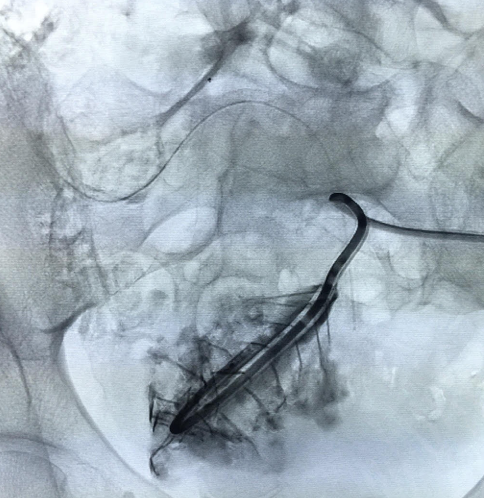Dialysis helps to keep you alive and healthy when kidneys are no longer functioning properly. This normally happens when there is only 10-15% of kidney function left.
Before dialysis was available, total kidney failure was incompatible with life. Today, treatments such as dialysis and kidney transplantation make survival possible, with improvement in quality of life.
WHAT IS DIALYSIS?
Dialysis is a process of removing wastes and excess fluid from the body. This can be done via the bloodstream (haemodialysis) or abdomen (peritoneal dialysis). Dialysis can be done at hospital, in a satellite location or even at home.
WHAT IS HAEMODIALYSIS?
Your blood is filtered by a dialysis machine. It acts as an “artificial kidney”. Blood is gently pumped into the dialyser, filtered and returned to your body in a continuous circuit.
WHAT IS VASCULAR ACCESS?
To perform haemodialysis, access to the bloodstream is required. This is called vascular access. Vascular access can be either via implantation of a soft, plastic catheter or a surgically created conduit between an artery and a vein (this is called a fistula or a graft).
WHAT IS PERITONEAL DIALYSIS?
In peritoneal dialysis, instead of a machine, the internal lining of the abdomen acts as an in-built filter. A sterile fluid is introduced into the abdominal cavity and left to dwell whilst the filtration naturally occurs. When this process is finished, this waste material is removed.




